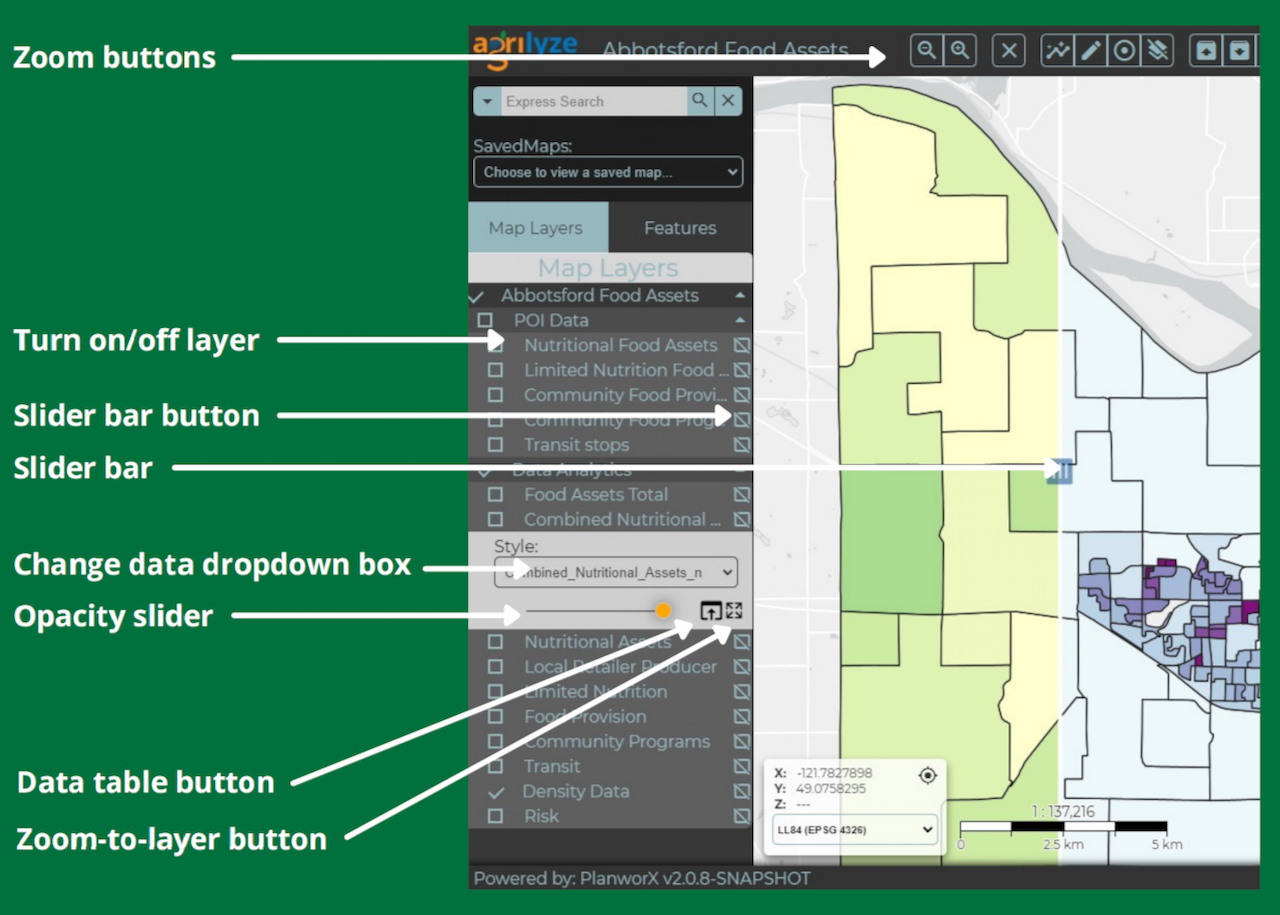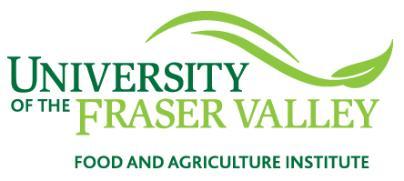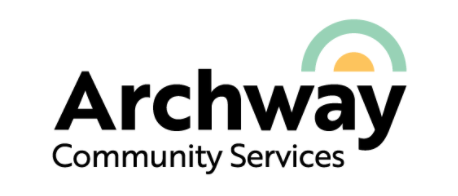Project Description
This project explored the use of maps as tools for improving food security and justice in Abbotsford. The Abbotsford Food Asset Map is a dataset created by mapping areas of high and low local food assets. By highlighting the locations of the local food assets this community tool will contribute to an understanding of where there may be interactions among vulnerabilities within the community. The Abbotsford Food Asset Map can be updated with new data as changes in the availability, locations, and accessibility of food assets occur within the city.
“Food assets are places where people can grow, prepare, share, buy, receive, or learn about food." - Vancouver Coastal Health






